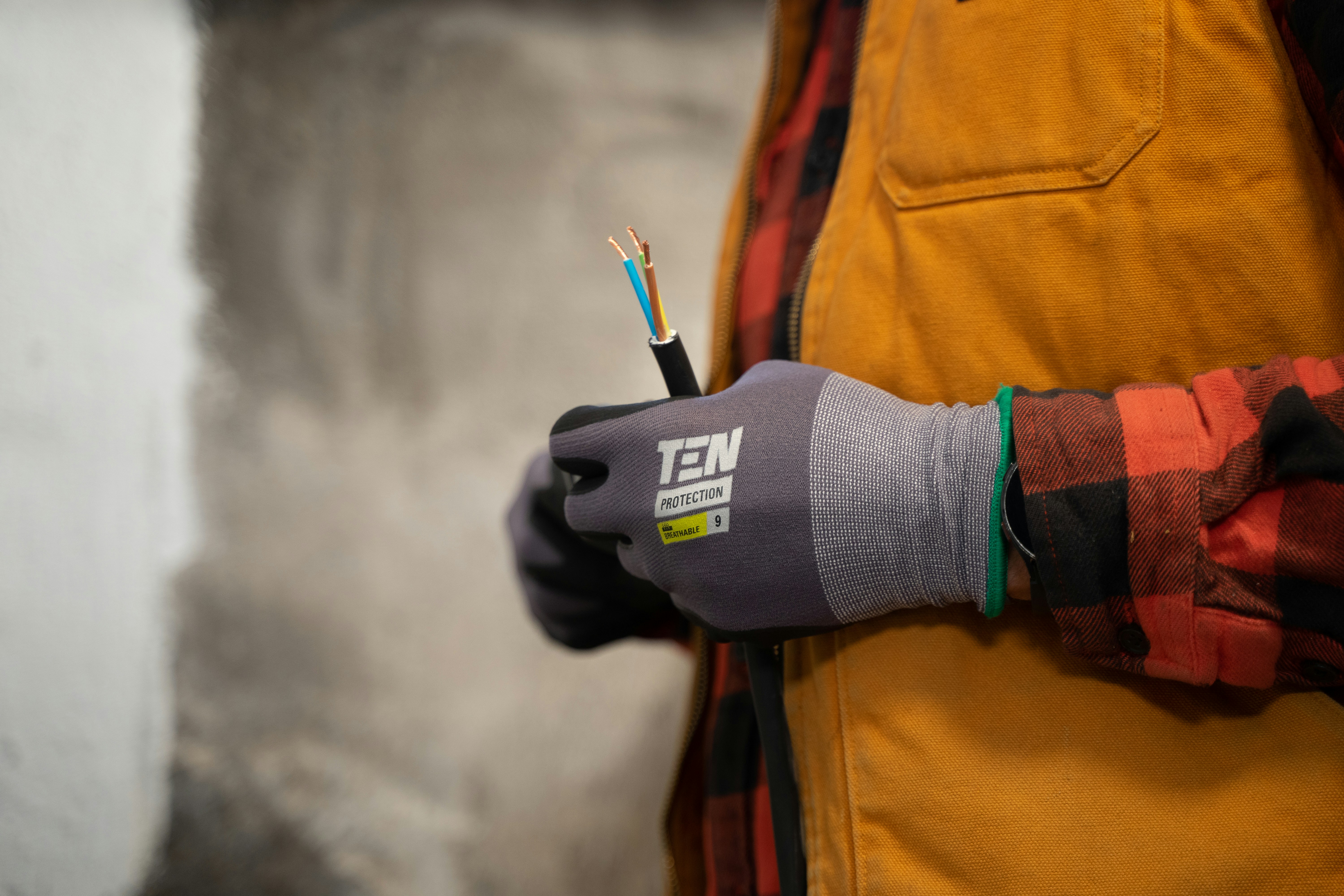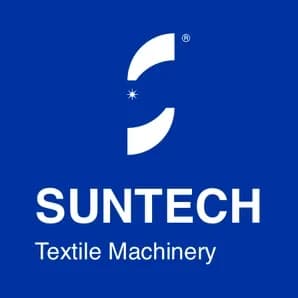
The textile industry is evolving rapidly, with a growing focus on functionality, driven by advancements in technical textiles. Protective textiles have become crucial in mitigating life-threatening hazards, including heat, fire blasts, impact cuts, chemical splashes, and dirt. These developments have amplified the necessity and value of protective textiles, creating opportunities for manufacturers to diversify and thrive.
According to Abdullah Hil Rakib, Managing Director of Team Group, the global market for technical textiles is projected to reach $208.5 billion by 2024, up from $178.92 billion in 2020, and further soar to $298.1 billion by 2030. Europe currently leads the market, holding an estimated 28.8% share of the global total. The technical textile market is set to grow to $224.4 billion by 2025, with an average annual growth rate of 4.2%. Similarly, the global PPE market is expected to surpass $93 billion by the end of 2025.
This expanding market encompasses protective textiles used in various sectors, including oil and gas refining, civil defense, firefighting, and military personnel equipment, where ballistic protection is paramount. The COVID-19 pandemic has also spurred growth in medical textiles. Manufacturers can capitalize on these trends by entering the protective textile market and leveraging the growing demand.
Market Growth Opportunities
The US Bureau of Labor Statistics reports a significant decline in work-related injuries and illnesses, from 10.9 incidents per 100 workers in 1972 to 2.8 incidents per 100 workers in 2019. This decline underscores the critical need for protective equipment. In this context, the US industry is poised to produce or import protective textiles to meet safety requirements.
Common industrial protective equipment includes helmets, hardhats, respirators, dust masks, safety gloves, eyewear, ear protection, face shields, goggles, fall arrest systems, safety gloves, welding gloves, welding jackets, footwear, and clothing. The Bangladesh readymade garments industry can seize this opportunity by producing these items and tapping into this potential market. The key competitive advantage in the technical textile sector lies in developing unique products based on proprietary technology, achieved through extensive R&D and product development strategies.
Military and Defense Applications
The top 10 militaries globally have around 30 million personnel, each requiring at least 4-6 meters of fabric per year. The US Department of Defense is particularly interested in using natural fibers to develop next-generation warfighter personal protective equipment. This demand presents a significant diversification opportunity for manufacturers. However, before embarking on this production segment, factories must upgrade their technology and secure the right materials.
Ballistic performance equipment for military protection, including soft body armor, metal sheets, warp beams, and protection shields, offers diverse revenue-generating options. India has already made strides in this area, with 13 industries producing ballistic performance shields using Aramid fibers.
Overcoming Challenges and Harnessing Potential
A feasibility study titled "Scaling up the Production of Technical Textiles (TT) including Personal Protective Equipment (PPE) in Bangladesh," conducted by Deutsche Gesellschaft für Internationale Zusammenarbeit (GIZ), highlights Bangladesh's challenges in technical textile exports. These challenges stem from complexities in raw material sourcing and meeting testing or certification standards.
China and India have already established strong footholds in the advanced protective textile market. In contrast, Bangladesh lags in technology adoption and maintaining a reliable raw material supply chain. However, the feasibility study suggests that by upgrading technology, adopting lean manufacturing practices, and securing suitable raw materials, Bangladesh can overcome these hurdles. Additionally, familiarizing departments with testing and certification requirements is crucial for success.
The report emphasizes, "Once manufacturers establish a dependable supply of materials, upgrade their operations, and master the required testing and certification procedures, significant opportunities for product diversification emerge."
Path to Diversification and Growth
Bangladesh is a newcomer to the technical textile segment. By focusing on pre-protection services, manufacturers can enter a market that promises future growth and sophistication. Introducing protective textiles not only paves the way for product diversification but also positions manufacturers to meet rising global demand.
In conclusion, textile machinery manufacturers play a pivotal role in the fast growth of protective textile manufacturers. By providing advanced technology, ensuring high-quality production, and supporting R&D, they enable protective textile manufacturers to diversify their products, meet stringent standards, and tap into expanding markets. The synergy between textile machinery and protective textile manufacturers is driving dynamic change and growth in the industry.
SUNTECH Textile Machinery continues to lead the textile industry with its innovative approach and extensive experience. The company welcomes quotes and cooperation opportunities with open arms.







